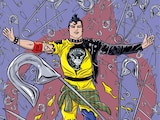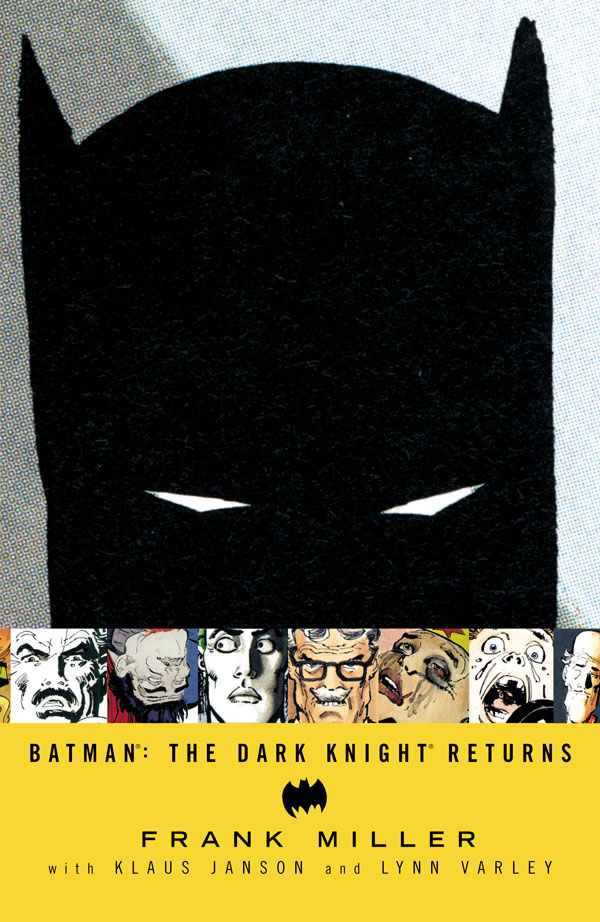
If you have even a passing awareness of comic books and graphic novels, you’ve heard of The Dark Knight Returns. Along with Watchmen, it’s arguably one of the most widely recognized super hero graphic novels in existence. However, that doesn’t mean you’ve read it.
Look, we’re not about to judge. We’re sure you have your reasons. Maybe you’re more about what’s happening now, and prefer to read current comics than ones that are nearly 30 years old. (Yes, that’s correct. And yes, you did just sprout a dozen new grey hairs. Sorry, about that.) Perhaps you’re just not a super hero fan, or are more of a “Superman person.” Or maybe you found this post because you don’t read comics at all currently, but are open to the idea. There are probably about a thousand reasons why you might not have read The Dark Knight Returns, but there’s only one real reason why you should read it.
It’s awesome.
It really is. It’s one of the few books that truly lives up to the hype, even now, three decades later (*cough*). It’s a comic book touchstone for a reason, but more than that, it’s an important piece of literature that makes a statement—admittedly, one that’s now become very controversial—about the ability and right of citizens to take a stand when things get bad. It’s interesting, exciting and strange, and it features two of the best down-and-out brawls in any Batman comic.
With Dark Knight III: The Master Race, the third and final book in the Dark Knight trilogy, set to debut on November 25th, there’s never been a better time to read the iconic book that kicked it off. But before you do, we thought we’d write a brief article to help you appreciate the book a little bit more. We’re not going to go too much into the plot. We don’t want to ruin it, and there are plenty of pieces written about the story already. Rather, we wanted to help you understand why it’s such an important comic, and give you a little context that may help make sense of the book as a whole. We should note, this is largely an article for new and casual comic fans who haven’t yet read The Dark Knight Returns. If you’re a longtime fan who read it when it first came out, you likely know much of this already. But if you’re yet to meet Carrie Kelley, the Mutant Leader and Commissioner Yindel, then read on…
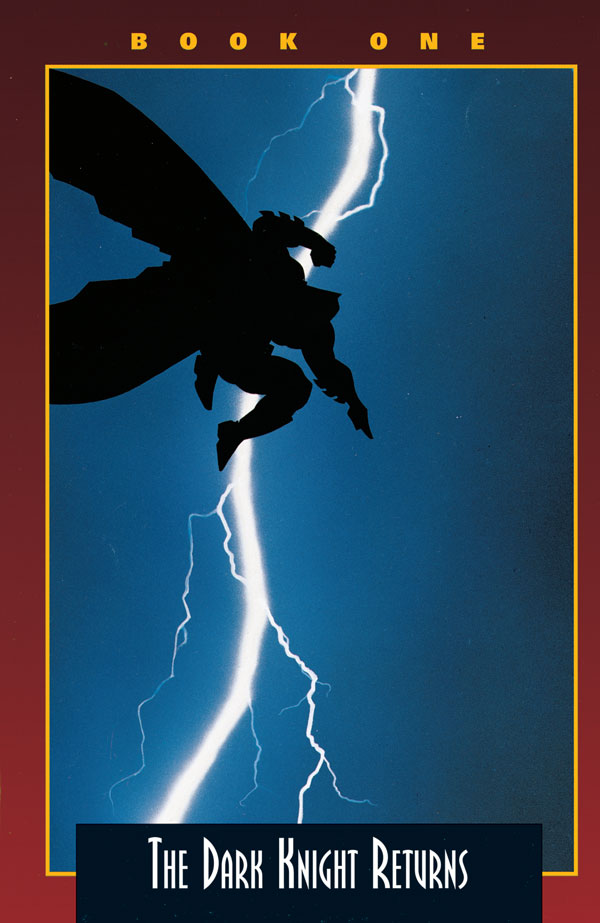
The Dark Knight Returns, Frank Miller Emerges
The Dark Knight Returns debuted in 1986 and was written and penciled by Frank Miller, inked by Klaus Janson and colored by Lynn Varley. Miller went on to become one of comics’ true luminaries, though it’s not entirely true to say that The Dark Knight Returns launched his career. He had won a great deal of acclaim writing and drawing Daredevil for Marvel prior to starting Dark Knight. However, it certainly elevated him to a new level of popularity and ignited what’s arguably his most creatively compelling period. In the same year, he also released the acclaimed Daredevil: Born Again. Two years later, Miller wrote Batman: Year One. In 1990, he released the first Sin City graphic novel. All are modern classics regarded as some of the best comic books ever produced.
Looking at the scene today, it’s somewhat hard to appreciate Miller’s importance in the world of comics because he hasn’t released any new comics over the past several years. Dark Knight III: The Master Race will be his first substantial work since 2011. Reading The Dark Knight Returns is like a crash course in the Frank Miller experience. His gritty, street-level storytelling is on brilliant display, as is his creative approach to both using the medium and pushing it in interesting new directions. The Dark Knight Returns is a great first exposure to Miller’s work. Trust us, if you read it, we suspect it won’t be your last.
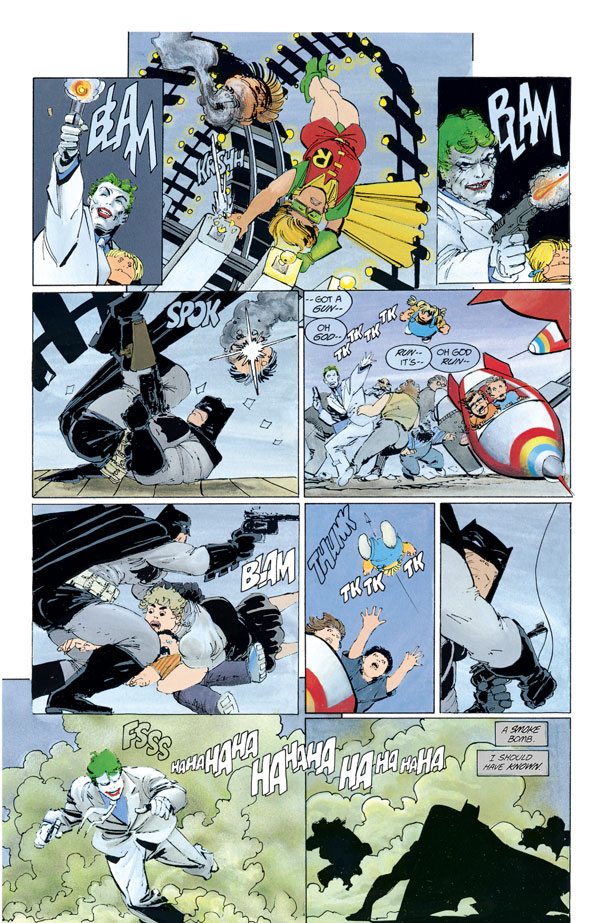
A Pre-Elseworlds Elseworlds Story
One of the very first things to realize about The Dark Knight Returns is that it’s set outside of all Batman continuity. Unlike many popular super hero stories, including Miller’s Batman: Year One, it was never part of an ongoing title. This is a good thing. So many super hero comics depend on a certain amount of foreknowledge going in, but that’s not the case in The Dark Knight Returns. This is a wholly original vision of Batman built largely from the ground up. Things are different in this world.
For starters, everyone’s gotten old. Batman’s in his fifties. Commissioner Gordon is in his 70s and is retiring. Two-Face has had plastic surgery to fix his face, while the Joker is catatonic in Arkham Asylum. People have gotten disenfranchised and the youth has literally run wild.
The DC Universe has never been like this in official continuity. This story is set outside of it. It’s what some fans would refer to as an “Elseworlds” story, though The Dark Knight Returns technically pre-dates the Elseworlds line of comics.
However, for you, the new reader, all that really means is that you can pick up The Dark Knight Returns and start reading without worrying about references to other comics that you haven’t read. It’s a true standalone graphic novel.
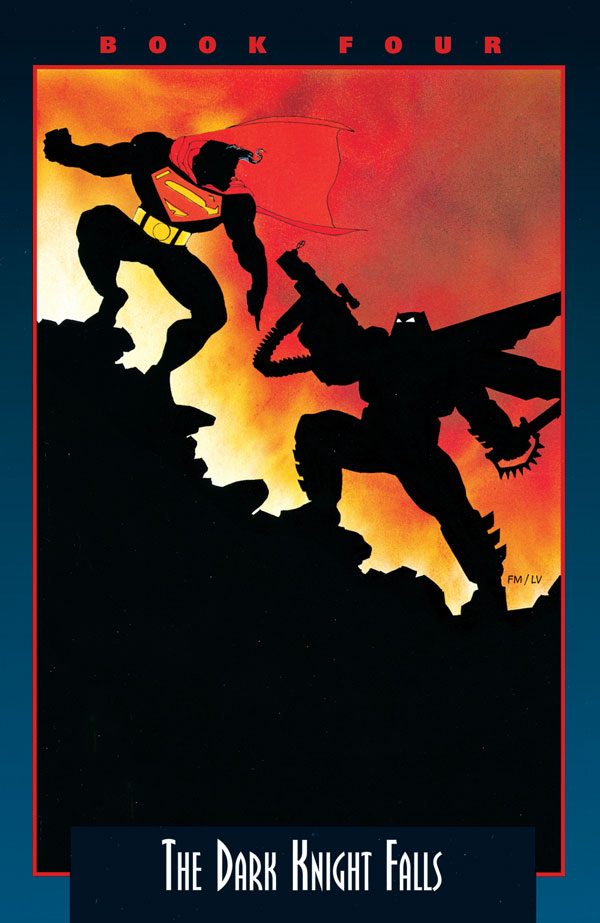
A Story in Four Acts
One thing that catches a lot of people off-guard is the fact that The Dark Knight Returns doesn’t have a central story. There’s no single antagonist, and while Bruce Wayne does have something of a character arc, it’s not as clearly defined as you’re probably accustomed to. A big part of that has to do with the format.
It’s so easy when reading a graphic novel to forget that often, particularly in the realm of super heroes, that graphic novel began as a serialized comic. In the case of The Dark Knight Returns, the story was serialized in four installments of around 50 pages each. Each of those installments had its own title—“The Dark Knight Returns” was actually the title of the first chapter, and was later adopted as the title of the work as a whole. While there are overarching events that prevent each chapter from being truly standalone, each one has its own narrative arc and its own villain. The result is a reading experience that is slightly less structured than you may expect going in, reading more like a series of episodes than one big story. It’s one reason the story has likely never been adapted as a live-action film—it lacks the traditional structure of a blockbuster film. However, each episode is compelling in its own way and they only get better and more stunning as they go on. So don’t even think of stopping at Two-Face!
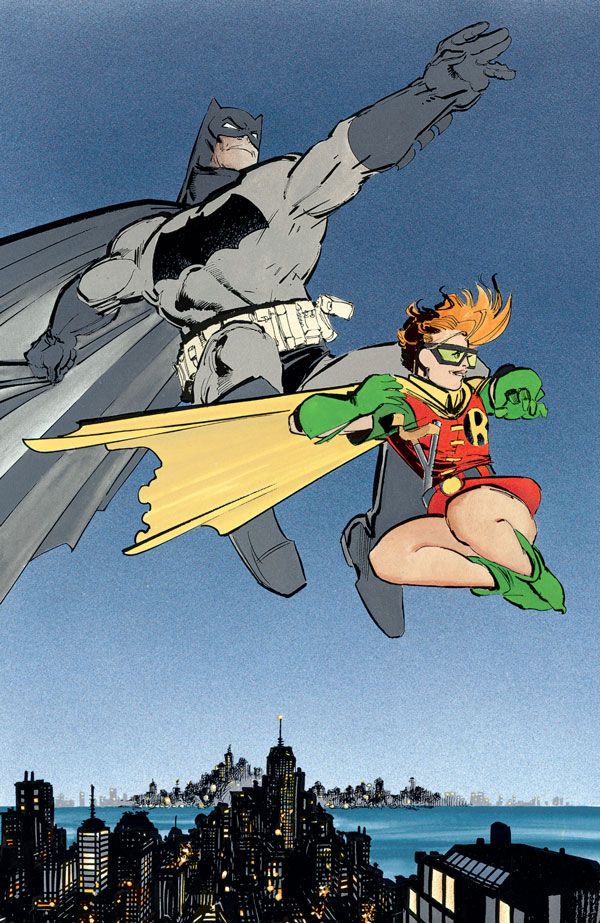
It Changed Batman Forever
That’s not hyperbole. The Dark Knight Returns really did change Batman forever. Over the years, Batman has evolved. But it’s easy to forget that in the early 1980s, the Dark Knight wasn’t so…well, dark. Frank Miller’s take on the hero was gritty, violent, frightening and angry. He had a tenuous relationship with the law, frequently finding himself on the wrong side of it, and had a relationship with his fellow Justice Leaguers that was strained, to say the least. It was an adult take on a character that at the time was still largely seen as the Batusi-dancing caricature portrayed by Adam West in 1966’s Batman TV series.
Frank Miller’s Dark Knight was many of the things that Batman is today. But in fairness, this evolution wasn’t instant. Rather, The Dark Knight Returns along with Batman: Year One and 1988’s Batman: The Killing Joke, helped usher in a new way of seeing Batman in the comic book community and in the public at large. It was a change that was cemented with the release of Tim Burton’s 1988 Batman movie, a film which was greatly influenced by the darker, scarier world of The Dark Knight Returns.
That was just the start. The Dark Knight Returns has also been a clear influence on just about every Batman project since. Batman: The Animated Series paid tribute to it in the episode “Legends of the Dark Knight.” Christopher Nolan cited it as an influence and adapted many of its themes into The Dark Knight Rises. And if the trailers are any indication, the Batman and Superman confrontation in Batman v Superman: Dawn of Justice looks like The Dark Knight Returns’ climax brought to vivid life.
The dark, often unhinged take on Bruce Wayne that has now become commonplace took root in The Dark Knight Returns and other books of its era.
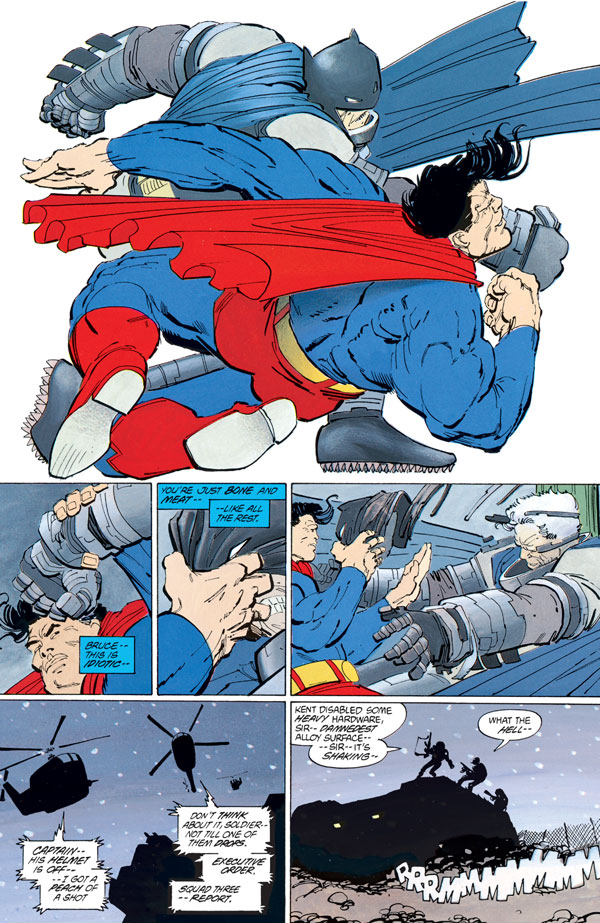
It Also Changed Comic Books Forever
Yes, along with changing Batman, The Dark Knight Returns helped bring about significant change to the hero’s medium. The Dark Knight Returns was released the same year as Watchmen, and together those books helped kick off an era of sophisticated comics written for mature readers. This became known by some fans and historians as the “Dark Age” of comic books, and it’s an appropriate moniker. As comic book stores became the go-to place for buying comics, books began pushing the envelope more regularly with the realization that their audience was maturing. In the Batman books, Barbara Gordon was shot and paralyzed by the Joker, while Batman’s back was broken by Bane, giving rise to a new Dark Knight—the brutal Azrael. Eventually, this era gave birth to comics like Swamp Thing, Hellblazer and The Sandman, as well as DC’s Vertigo mature readers imprint.
While this may sound extreme, like the pendulum swung too far in the opposite direction, it’s proven to be a good thing for the medium in a long run. The Dark Age opened the door to more diverse storytelling, proving once and for all that no, comics aren’t just for kids. Without first finding success with darker, more adult stories, it’s uncertain whether American comic books would have ever been read as literature, diversified in attempts to reach other readers or seen the independent comic scene grow into the thriving scene that it is today.
The Dark Knight Returns was a true game-changer and is an important part of DC’s legacy. It’s proof that sometimes a good story can lead to good things that extend well beyond its pages. But it’s also simply a really good Batman story. If you’re a fan of the character or even just a fan of comic books in general and haven’t yet read it, you really should. It’s one of those rare books that will make you like them even more than you already do.
The Dark Knight Returns is available as a graphic novel and as a digital download. Later this year it will be released as a deluxe edition along with its 2001 sequel, The Dark Knight Strikes Again. The first issue of Dark Knight III: The Master Race will be available on November 25, 2015.















